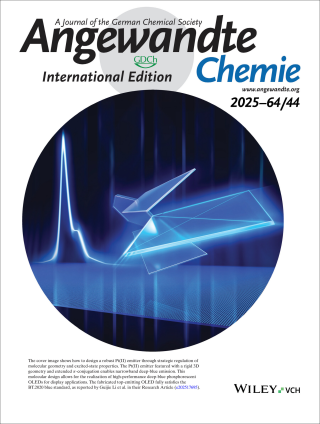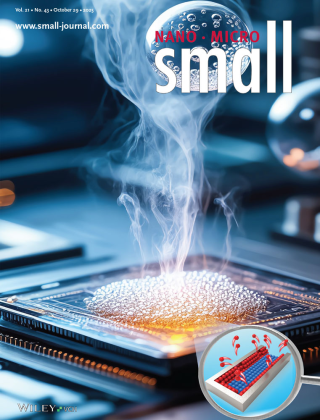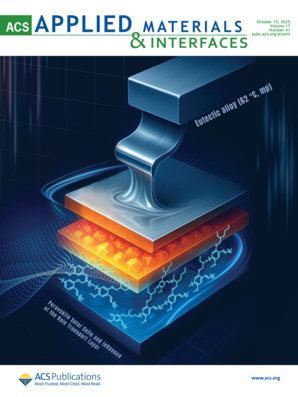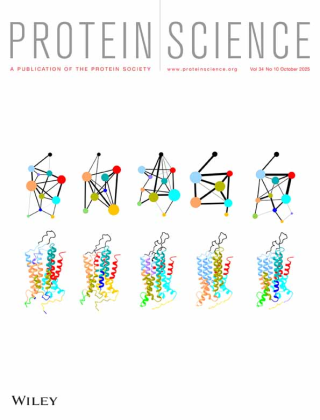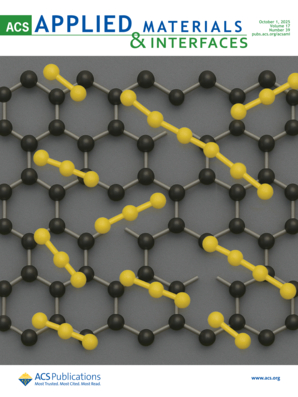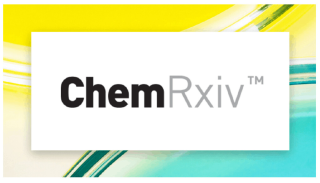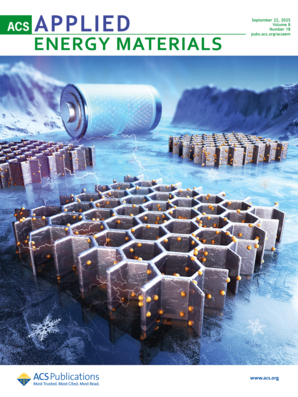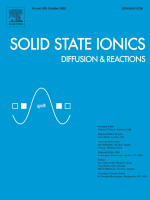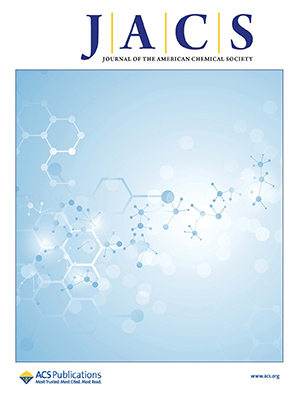-
27 Oct 2025 • Journal Article • Angewandte Chemie International Edition
Breaking the Linear Scaling Relations for the Oxygen Reduction Reaction with a Dual-Atom Catalyst Composed of a MnFe-Porphyrrole Aerogel
AbstractBimetallic catalysts offer enhanced catalytic performance through synergistic interactions between the two metals, allowing them to break the linear scaling relations and reach high electrocatalytic activity. This study presents bimetallic aerogel-based catalyst synthesized as a covalent, three-dimensional framework containing neighboring iron and manganese sites. The
… show more -
14 Oct 2025 • Journal Article • Small
Anode-Less Sulfide-Based All-Solid-State Batteries: Interfacial Challenges, Material Strategies, and Future Prospects
AbstractAnode-less sulfide-based all-solid-state batteries (ASSBs) have emerged as promising candidates for next-generation energy storage, offering high energy density, enhanced safety, and simplified cell design. By eliminating excess lithium (Li) metal and relying solely on Li extracted from the cathode, these systems significantly improve gravimetric and volumetric performance
… show more -
6 Oct 2025 • Journal Article • ACS Applied Materials & Interfaces
Maximizing Areal Capacity in All-Solid-State Li-Ion Batteries Using Single Crystalline Ni-Rich Cathodes and Bromide-Based Argyrodite Solid Electrolytes Under Optimized Stack Pressure
AbstractAll-solid-state lithium-ion batteries (ASSLBs) are a promising next-generation energy storage technology for their enhanced safety and high energy density. In this study, we develop high-performance ASSLBs utilizing a Ni-rich single-crystalline NCM811 (SC-NCM811) cathode and a Li6PS5Br argyrodite solid electrolyte. By optimizing the cathode material and stack pressure
… show more -
1 Oct 2025 • Journal Article • Protein Science
The initial dynamics of product release in terpene synthases—The case of CotB2
AbstractAlthough the enzymatic mechanisms of terpene synthases have been extensively characterized through experimental and computational studies, the atomistic details underlying the product release process have remained elusive. In this study, we present the first atomistic simulations of the initial stages of product release in a terpene synthase, using the bacterial diterpene
… show more -
16 Sep 2025 • Journal Article • ACS Applied Materials & Interfaces
Artificial Solid Electrolyte Interphase Developed In Vitro by Tailoring Molecular Layer Deposition of a Li-Ion-Containing Electrolyte on Carbonaceous Anode Materials
AbstractVarious carbonaceous anode materials have been developed to improve both the rate and capacity characteristics of Li-ion batteries (LIBs), and yet the performances of the anodes depend on the quality of the inevitable and uncontrollable growth of the solid–electrolyte interphase (SEI), resulting from the electrolyte reduction and decomposition during the initial cycles
… show more -
11 Sep 2025 • Preprint
A New Paradigm for Flowless Zn–Br2 Aqueous Cathodes: Fast Kinetics and Stability via Entrapped Phosphonium Bromides
AbstractZinc–bromine batteries (ZBBs) are promising candidates for large-scale energy storage due to their low cost, inherent safety, and high theoretical energy density. However, conventional flow-based ZBBs suffer from low system-level energy density and operational complexity. Recent interest has shifted toward flowless ZBBs (FL-ZBBs) configuration, yet these face critical
… show more -
2 Sep 2025 • Journal Article • ACS Applied Energy Materials
Nickel Vanadium Oxyphosphide Nanosheets with Synergistic Metal–Phosphide Interfaces for Fast and Durable Lithium Storage
AbstractAchieving high capacity, long-term stability, and fast charge–discharge capability remains a central challenge in the development of advanced anode materials for lithium-ion batteries. In this work, we present nickel vanadium oxyphosphide (NVOP) nanosheets synthesized via controlled thermal phosphorization of NiV-layered double hydroxide (NiV-LDH). The resulting multiphase
… show more -
30 Aug 2025 • Journal Article • Solid State Ionics
Guide for characterizing polymeric electrolytes in rechargeable solid-state Li and Na batteries
AbstractSolid polymer electrolytes (SPEs) present a promising alternative for rechargeable batteries with aprotic liquids. Although SPEs were extensively researched for several decades, recent studies have gained momentum in response to growing demand for safer battery options. While various electrochemical and spectral methods for characterizing polymeric electrolytes were
… show more -
27 Aug 2025 • Journal Article • Frontiers in Membrane Science and Technology
Grand Challenges in Anion Exchange Membrane Energy Applications
AbstractIon exchange membranes are essential components in electrochemical systems, playing a crucial role in energy and environmental applications. These membranes are broadly classified into proton exchange membranes (PEMs) and anion exchange membranes (AEMs). Despite being a relatively young technology, AEMs have attracted considerable attention for energy applications due
… show more -
21 Aug 2025 • Journal Article • Journal of the American Chemical Society
A Biomimetic Twisting Strategy Enables Efficient Electrocatalytic Oxidation of Energy-Dense Hydrazine Hydrate on FeN2+2C4+4 Sites
AbstractElectrocatalytic hydrazine oxidation holds great promise for enabling fuel cell-powered transportation since hydrazine hydrate (N2H4·H2O) has the highest energy density of all liquid, CO2-free fuels (3.45 kWh/L), and the highest fuel cell voltage (1.56 V vs O2). Inspired by the ruffling of catalytic centers in oxidative enzymes, we designed a twisted single-atom nanozyme
… show more
